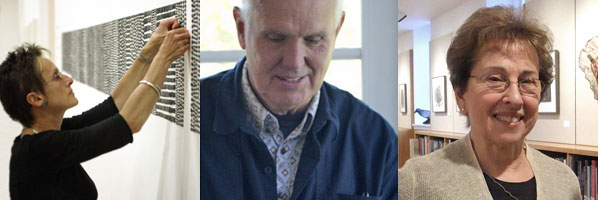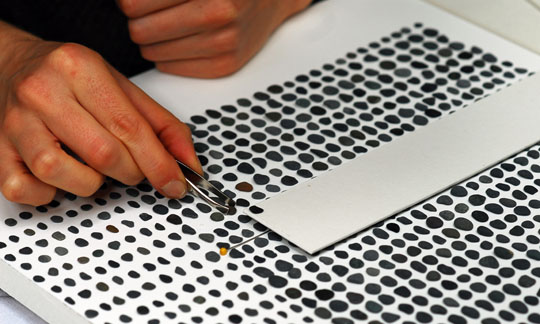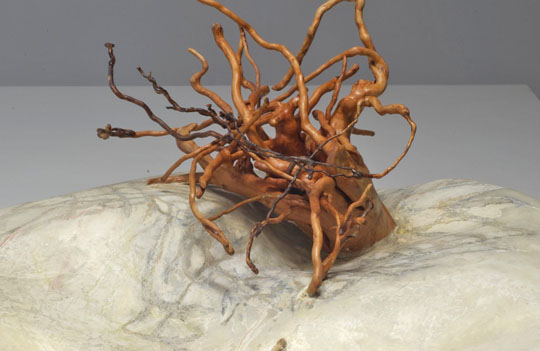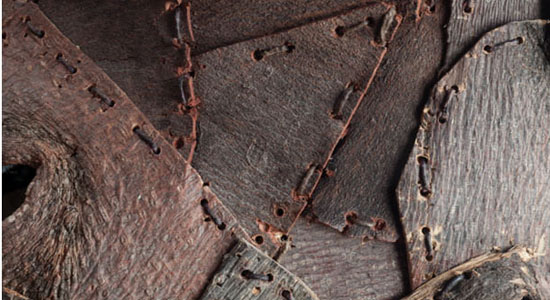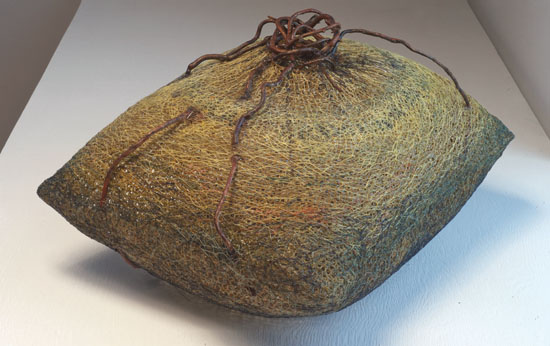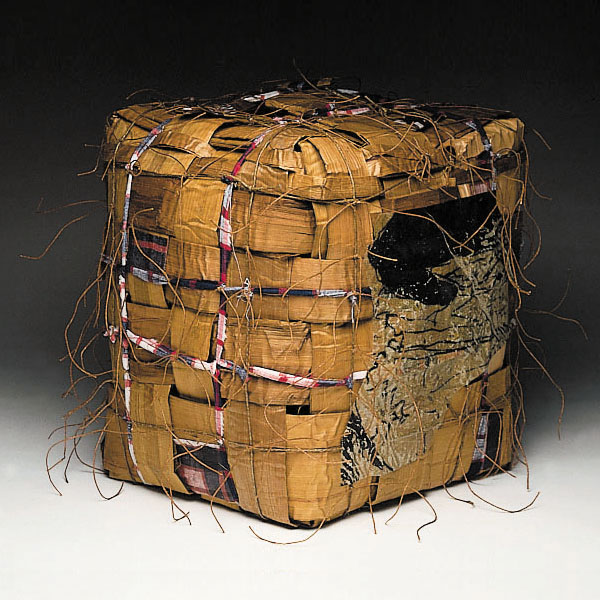Lectures, artist booth visits and more. This week’s events include:
April 19th
Opening – SOFA NY
April 20th
1 p.m. to 2 p.m.
Artist booth visit
John McQueen
browngrotta arts booth 208
April 21st
1 p.m. to 2 p.m.
Artist booth visit Norma Minkowitz

